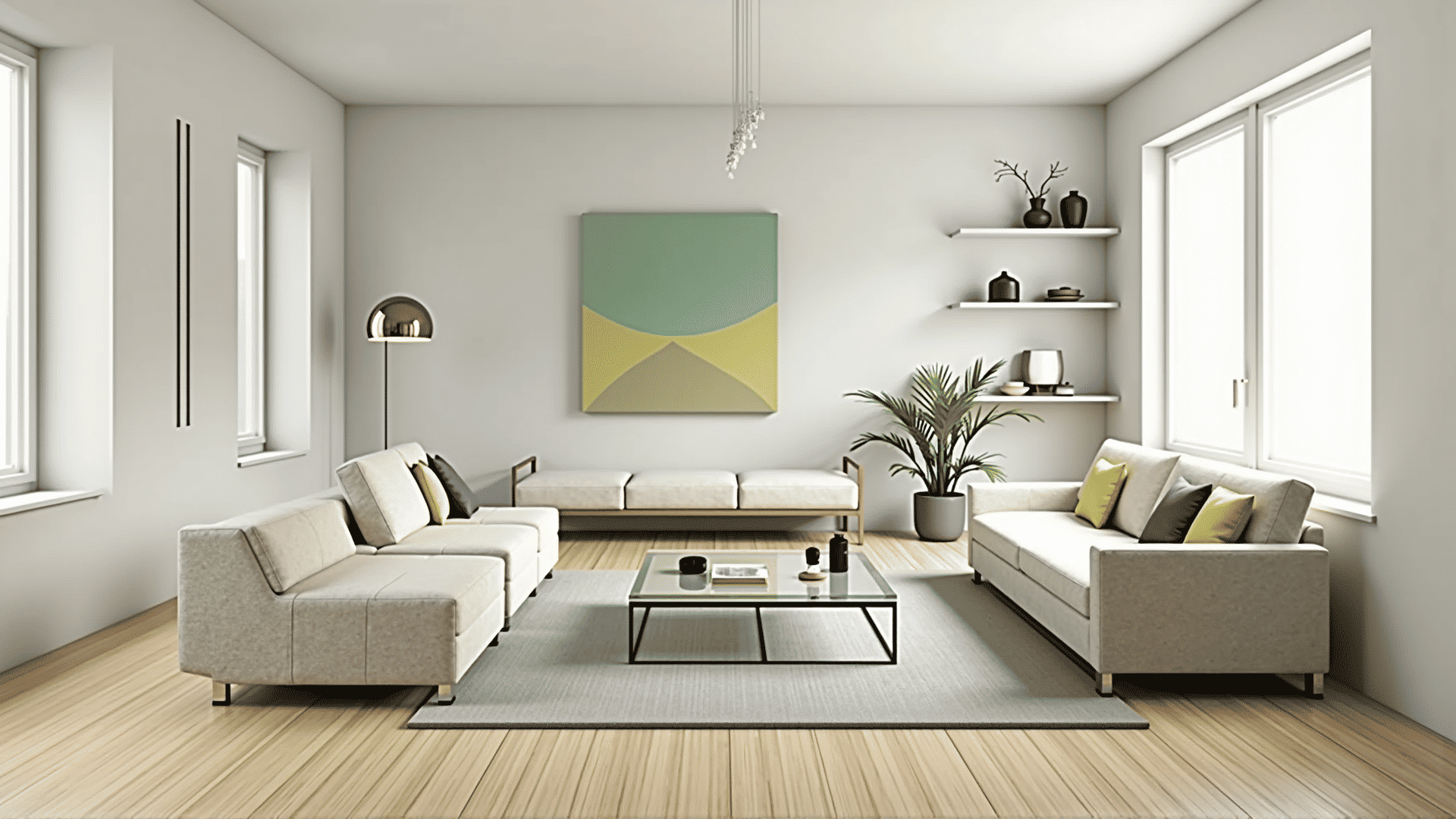The 20th century marked a profound shift in design philosophy, as modernism emerged to challenge the ornate styles of previous eras. This movement emphasized simplicity, functionality, and a break from tradition, revolutionizing various design fields including architecture, interior design, and the visual arts.
Modernism began as a response to the rapid industrialization and urbanization of society. Traditional, heavily embellished designs were deemed impractical for the modern lifestyle, leading to a desire for more straightforward, efficient approaches. The aftermath of World War I also played a significant role, as designers sought to create environments that reflected a new, forward-thinking society.
Key figures in modernism included Le Corbusier, Ludwig Mies van der Rohe, and Walter Gropius. Their work often featured clean lines, open spaces, and an emphasis on function over form. Le Corbusier, for example, was known for his "machine for living" concept, which promoted open floor plans and minimalistic elements to enhance daily life.
Another cornerstone of modernist design was the Bauhaus school, founded by Walter Gropius in 1919. This German institution aimed to unite art, craft, and technology, producing designs that were both aesthetically pleasing and utilitarian. The Bauhaus aesthetic featured geometric shapes and a limited color palette, which were both visually appealing and easy to produce.
In the realm of architecture, glass, steel, and concrete became prevalent materials, allowing for innovative structural designs that emphasized transparency and open space. This approach can be seen in the works of Ludwig Mies van der Rohe, whose famous phrase "less is more" epitomizes the modernist ethos.
The influence of modernism extended beyond architecture and interior design. Artists like Piet Mondrian and Kazimir Malevich embraced minimalism and abstraction, reducing subjects to their fundamental forms and colors. This artistic movement reflected the broader cultural shift towards clarity and functional beauty.
As modernism evolved, it laid the groundwork for other movements, such as minimalism and contemporary design, that continue to prioritize functionality and simplicity. Modernism's legacy is evident in today’s design landscape, where the principles of clarity and purpose remain vital.
In summary, the rise of modernism in the 20th century marked a departure from decorative excess toward a focus on simplicity and utility. Key designers and innovations from this era have left an indelible mark on the design world, cultivating a legacy that continues to shape contemporary aesthetics.
